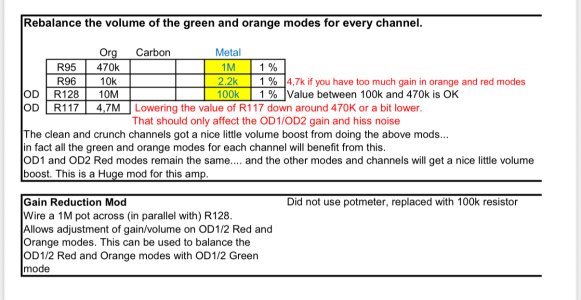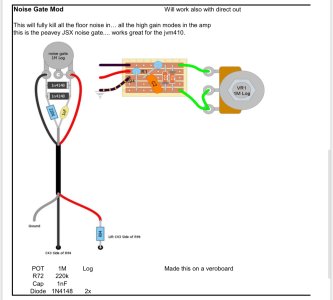PippPriss
Groupie
- Messages
- 22
Could it be that HotRats issues stem from the same thing the TSL was suffering from? The PCB of those amps seemed to be made inferior, so that over time, when warming up the amplifier, the substrate between the PCB sides would become conductive:
I have no idea, but I read some comments where people were starting stuff like "the JVM suffers from the same issue, MARK MY WORDS" and other hyperbole language. I could imagine, IF that's true, that your device might be affected by that? I have no idea, if this is actually true and if that's the culprit of your issues, but just want to throw this in here for you to check.
I have no idea, but I read some comments where people were starting stuff like "the JVM suffers from the same issue, MARK MY WORDS" and other hyperbole language. I could imagine, IF that's true, that your device might be affected by that? I have no idea, if this is actually true and if that's the culprit of your issues, but just want to throw this in here for you to check.


 )
)


